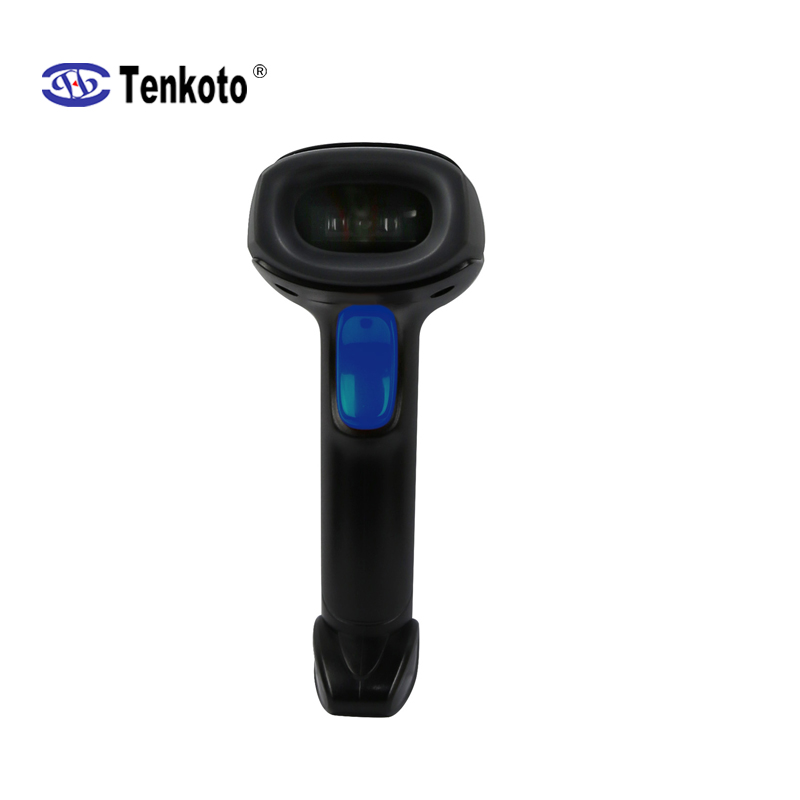In the bustling world of inventory management, point-of-sale transactions, and data collection, barcode scanners play an indispensable role. These devices have revolutionized how we track and manage goods, providing a fast, reliable means of capturing critical information. Yet, there are two primary types of barcode scanners on the market: 1D and 2D scanners. Each is designed to address specific needs and has its own set of advantages and considerations. Let us explore the distinctions between these scanners and their respective domains of operation.
One-Dimensional (1D) Barcode Scanners:
As the name implies, 1D barcode scanners are designed to read one-dimensional barcodes, which are sequences of vertical bars and spaces of varying widths that represent data. These linear barcodes, such as the UPC (Universal Product Code), have been a staple in retail for decades, allowing quick and accurate price checks and inventory tracking.
1D scanners typically function using either a linear imaging system or a laser beam to capture the barcode's information. They are highly specialized for reading these standard codes and are often less expensive and more commonplace in retail settings. However, their limitation lies in their inability to read more complex, higher-density codes that contain greater amounts of data.
Two-Dimensional (2D) Barcode Scanners:
The advent of 2D barcodes, such as QR codes (Quick Response) and Data Matrix, led to the development of 2D scanners. These codes store information both horizontally and vertically, enabling them to hold significantly more data than 1D barcodes. This increased capacity allows for encoding not only product information but also links, serial numbers, or even small amounts of text.
2D scanners employ advanced technologies like charge-coupled device (CCD) or complementary metal-oxide-semiconductor (CMOS) sensors to capture and decode the complex patterns within these codes. Due to their ability to read both 1D and 2D barcodes, they are more versatile and suitable for applications requiring high-density data storage and retrieval.
Applications Across Different Industries:
Both 1D and 2D barcode scanners have found their place across various industries. In retail and supermarkets, 1D scanners are commonly used at checkout points for rapid item pricing and inventory control. Meanwhile, 2D scanners are increasingly being used in marketing campaigns, where QR codes are displayed for customers to scan for discounts, website visits, or other interactive content.
In manufacturing and logistics, 2D barcodes can store detailed part numbers, production dates, and other critical information, which when scanned by 2D scanners, streamline the tracking process and enhance supply chain management. Healthcare is another sector that benefits from 2D scanners, as they enable quick access to patient records and medication details.
Conclusion:
The evolution from 1D to 2D barcode scanners reflects the growing demand for denser data storage and faster data processing in our digitally evolving landscape. While 1D scanners remain essential for standard retail applications, the flexibility and capacity of 2D scanners make them invaluable for more complex tasks. As technology continues to advance, we can expect further developments in barcode technology, leading to even more efficient and smarter data capture solutions. Whether it's a simple price check or a sophisticated data transfer, the right barcode scanner plays a crucial role in ensuring processes are accurate, efficient, and effective.
Report by SHENZHEN TENKOTO TECHNOLOGY CO.,LTD Barcode scanner factory.
